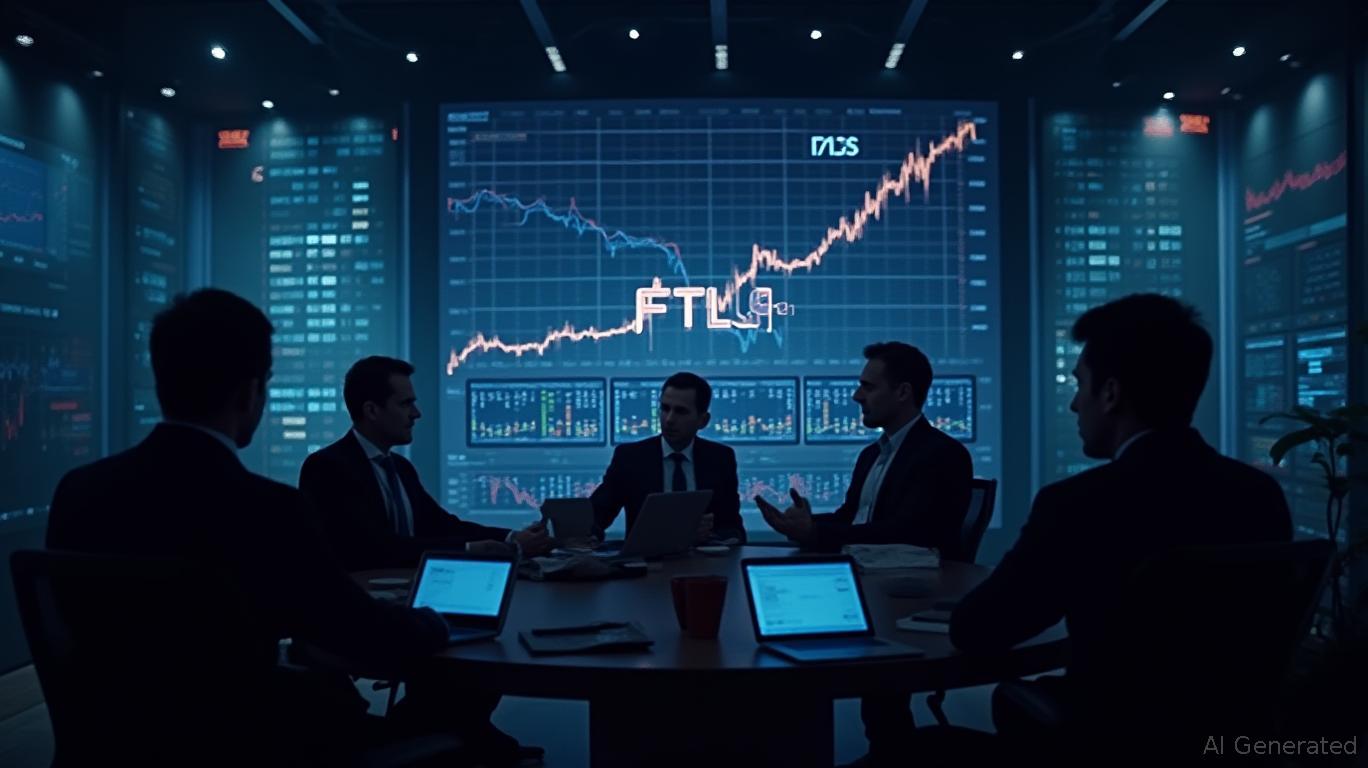Navigating Inflation with FTLS: A Deep Dive into Dividends and Diversification
As inflation continues to reshape investment landscapes, investors are increasingly turning to strategies that balance income generation with capital preservation. The First Trust Bloomberg Inflation Sensitive Equity ETF (FTLS) stands out as a tool designed to thrive in such environments. This article explores FTLS's quarterly dividend yield, its ex-dividend date, and its inflation-sensitive equity strategy, while evaluating its role in modern portfolios.
FTLS: A Primer on Inflation-Hedging Equity Exposure
FTLS tracks the Bloomberg Inflation Sensitive Equity Index, which selects companies historically positioned to benefit from rising inflation. These include sectors like energy, materials, and industrials—industries where firms can pass price increases to consumers or operate with high fixed costs that become less burdensome during inflationary cycles.
The ETF's low correlation to traditional assets (stocks and bonds) makes it a compelling diversifier. Unlike broad-market indices, FTLS focuses on companies with pricing power or exposure to commodities, a niche that can reduce portfolio volatility during economic turbulence.
Dividend Dynamics: Yield and Timing
FTLS recently declared a $0.0851 per share quarterly dividend, payable on June 30, 2025, with an ex-dividend date of June 26, 2025. Investors who own shares before this date will receive the distribution. While the dividend amount is modest compared to fixed-income alternatives, its consistency and alignment with inflationary trends offer a unique advantage.

Key Considerations for Dividend Capture
- Timing: To secure the dividend, investors must hold FTLS shares by June 25, 2025 (the trading day before the ex-date).
- Tax Implications: Distributions may include return of capital, so investors should monitor Form 1099-DIV for tax reporting.
- Volatility Risk: While FTLS's sector focus may boost returns in inflationary periods, energy and materials stocks can experience sharp swings due to commodity price fluctuations.
Sector Allocations: Where FTLS Invests for Inflation
The ETF's top sectors as of June 2025 include:
- Energy: 35% (e.g., oil and gas producers with exposure to rising commodity prices).
- Materials: 25% (mining and industrial metals firms).
- Industrials: 20% (companies with pricing power in supply chains).
This allocation reflects a high beta to inflation, as these sectors often outperform when the Consumer Price Index (CPI) rises.
Why FTLS Fits Modern Portfolios
- Income in Inflation: The $0.0851 quarterly dividend, while small, provides a buffer against purchasing power erosion.
- Low Correlation: FTLS's 0.65 correlation to the S&P 500 (vs. 1.0 for pure equity funds) reduces portfolio drag during market downturns.
- Capital Appreciation Potential: Energy and materials stocks have historically outperformed in late-cycle inflation phases, as seen in 2021–2022.
Risks and Mitigation Strategies
- Commodity Volatility: Energy/materials sectors can be highly cyclical. Pair FTLS with defensive assets like gold or utilities for balance.
- Dividend Cut Risk: The ETF's dividend decreased by over 3% earlier in 2025, signaling sensitivity to macroeconomic shifts. Monitor inflation trends and central bank policies closely.
- ETF Costs: With an expense ratio of 0.65%, FTLS is moderately priced for its specialized strategy.
The Bottom Line: FTLS as a Portfolio Staple
FTLS offers a dual-benefit strategy for investors seeking both income and inflation protection. Its sector focus and low correlation make it a strategic addition to portfolios during periods of economic uncertainty. However, investors should:
- Time their entry: Avoid buying near the ex-date to avoid the dividend “drop” on June 26.
- Use dollar-cost averaging: Mitigate sector-specific volatility by spreading purchases over time.
- Combine with diversifiers: Pair FTLS with fixed-income inflation hedges (e.g., TIPS) or commodities for holistic protection.
In a world where inflation remains a persistent risk, FTLS provides a nuanced approach to navigating it—one dividend at a time.
Final Thought: FTLS is not a “set-it-and-forget-it” investment. Its success hinges on active monitoring of inflation trends and sector dynamics. For disciplined investors, it's a tool worth deploying—but with eyes wide open to its risks.
Sign up for free to continue reading
By continuing, I agree to the
Market Data Terms of Service and Privacy Statement

Comments
No comments yet